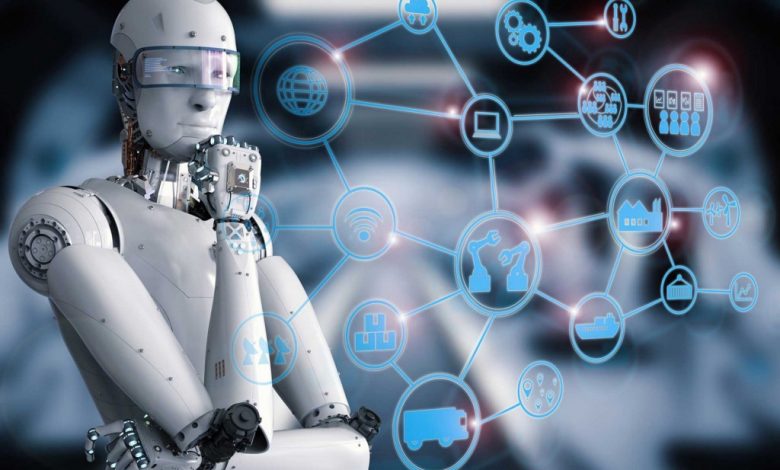Artificial Intelligence Technology: For the Future of Automation



Artificial intelligence (AI), since its arrival, has caused a paradigm shift in the scientific world. It is a comprehensive tool that allows us to rethink how we integrate data, analyze information, automate our manual chores and help enhance our decision-making. Its applications are wide-ranging and benefit various industries. Here we will discuss how artificial intelligence technology works and what makes it so revolutionary?
Artificial Intelligence Technology: A Brief Introduction
The definition of artificial intelligence technology can vary from person to person. Everyone describes it according to the utility it provides them. It is understandable because it does not limit itself to just one area or industry. Moreover, it depends upon the understanding of the technology of a particular person. Someone may associate it with a movie figure like the Terminator or the Transformers while others may link it with self-driving cars.
A more astute researcher would describe it as a set of complex mathematical algorithms which can produce an entity able to learn on its own accord. Thus, artificial intelligence technology is an entity devised by humans that can process data faster than a human and can act rationally.
Subdomains of Artificial Intelligence Technology
Creating an entity based on artificial intelligence technology involves a reverse-engineering process of human-like behaviour. When this AI entity is trained properly, then its computational power can easily surpass human capability. To understand the working of artificial intelligence technology, let’s go through its subdomains.
Machine Learning
ML enables a machine to develop independent decision-making capabilities based on previous experience. It analyzes and does identity verification of complex patterns and historical data to deduce a possible conclusion without any human assistance. Machine learning enables humans to process a large set of data and make predictive decisions within no time.
Deep Learning
DL draws from machine learning. It undergoes a layered approach to process data. Here, a machine is scaled to process complex data through layers. Then, the DL-based machine classifies and deduces the data to predict results.
Neural Networks
The mechanism of neural networks is similar to the principles of human neural cells. Neural networks are a set of computational algorithms that understand the relationship between different variables and perform data processing just as a human brain would do.
Computer Vision
Computer vision is a series of mathematical algorithms which aim to understand an image. It works by dividing an image into different sections. This technique can later analyze the classified images and provide a predictive observation.
Natural Language Processing
NLP is a science of analysing, deducing, and understanding a language by a machine. As soon as a machine trained on human intentions and communicative behaviour, it presents a response accordingly.
Cognitive Computing
Therefore, Under a broad umbrella of artificial intelligence technology, the working of cognitive computing techniques is similar to neural networks. It also aims to imitate the human brain. Here, text, speech, and images are processed to provide the desired result.
Two Differentiating Factors of AI
Understanding Behaviours and Intentions
Artificial intelligence algorithms intended to analyze and utilize real-time information. Unlike conventional machines, artificial intelligence technology is able to devise a machine capable of providing more than just pre-ordained reactions. By utilizing the information inculcated in human inputs through technological sensors, AI learns the intentions of the human robustly.
Being Intelligent and Adaptable
To predict results for the future, technology must leap further than just understanding the intentions. For this purpose, AI takes the behavioral data from the user and combines it with the element of scientific intelligence. Here, the data fed to the AI models must be relevant and sufficient. Moreover, the ability to adapt to the changing scenarios and automating the tasks accordingly is what differentiates artificial intelligence technology from a mechanical one.
Benefits of AI Across Various Industries
To name a few areas, AI is benefitting the finance, transport, and securities industry. Therefiore, Artificial intelligence technology is assisting the transportation industry through digital document verification services. For national security agencies, AI-based biometric verification systems used to curb various crimes like identity theft, money laundering, etc. Moreover, the finance industry is benefiting from AI-powered ID authentication so that it can show compliance with Know Your Customer laws.



